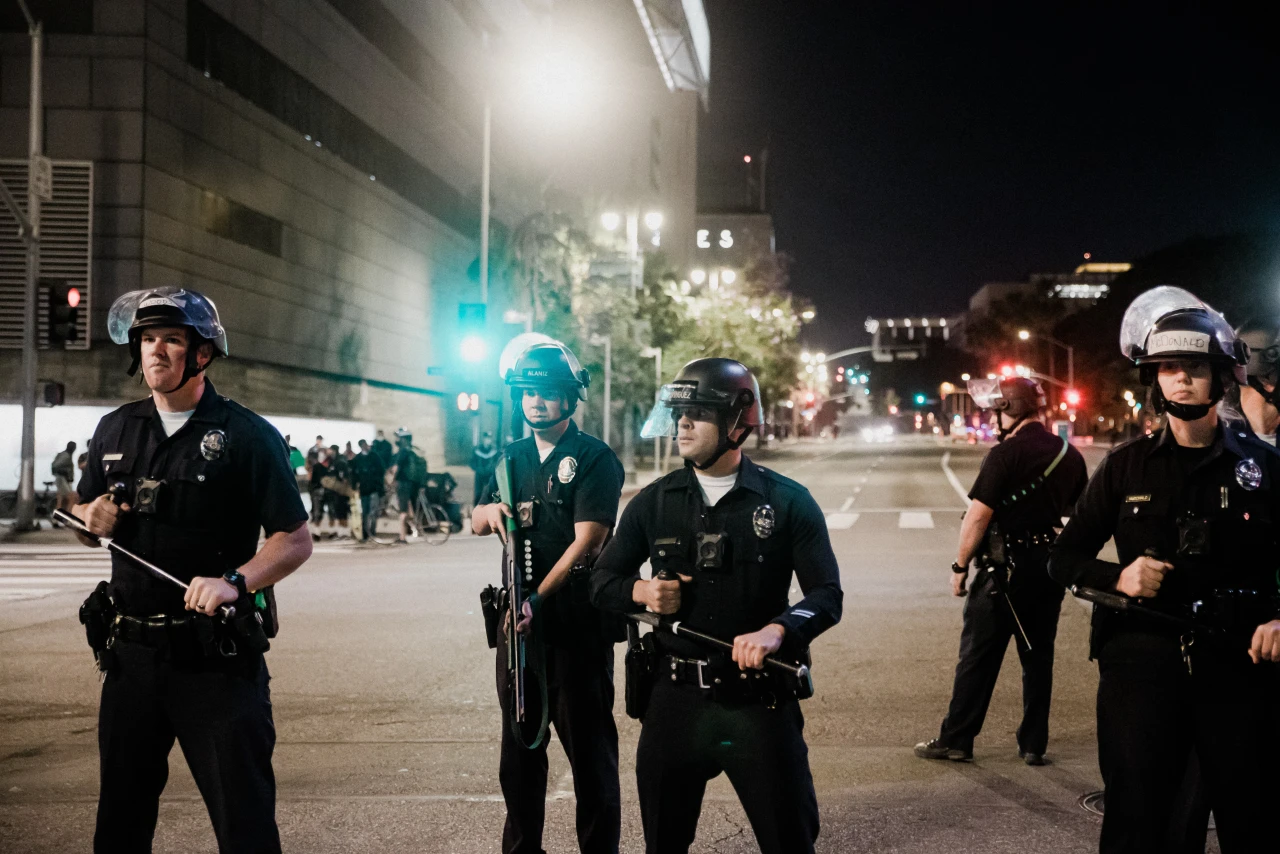Missing woman draws national concern and nonstop media coverage, so you know she's white
The disappearance and presumed death of travel blogger Gabby Petito as she road-tripped with her fiance has drawn massive attention—and with it, provided a glaring example of the disparities between media attention to missing white women and missing Black and Latina and Native women.
Petito’s fiance, Brian Laundrie, has fled after returning from their road trip without her and refusing to speak to Petito’s family or the police. Human remains “consistent with the description of” Petito have been discovered in Wyoming and are being autopsied Tuesday.
And it’s all receiving wall-to-wall media coverage, in a classic case of Missing White Woman Syndrome. In Wyoming, where Petito—white, blonde, thin, and very online—disappeared, 710 Indigenous people went missing between 2011 and 2020, of which 57% are female and 85% are children. Hundreds of Native women remain missing, and no one even knows how many Indigenous women are murdered each year. While Dateline NBC recently featured coverage of missing Indigenous women, that was a special case. None of them have become household names with constant breathless cable news updates.
It’s not just Native women who get overlooked. In May, a report found there were 50 missing Black girls in New York and New Jersey. None of them have become household names. In July, reporter Steph Amaya Mora traced out decades of missing Latinas being overshadowed by missing white women, with similar crimes drawing starkly different levels of coverage and notoriety based on the victim’s race.
According to the Black & Missing Foundation, in 2020, 543,018 people were reported missing in the United States, 37% of them categorized as “minority.”
There’s another strand, too. More than half of homicides of women are related to intimate partner violence, the CDC reported in 2017. Black and indigenous women are victims of homicide at higher rates than women of other racial backgrounds, and Hispanic women are the most likely to be victims of intimate partner violence.
Police concluded Petito was the aggressor in potential violence when they stopped the couple on August 12, but a recently released 911 call from the same day shows a bystander saying, “A gentleman was slapping the girl.” Many observers have noted that, in the police stop, Petito was crying uncontrollably while Laundrie was calm—and that it is not uncommon for abusers to be calm and able to convince onlookers that their upset or scared partners are unstable and at fault for any conflict.
It seems clear that even if the remains found in Wyoming are not hers, whatever happened to Gabby Petito wasn’t good. But bad things happen to women all the time, and few of them draw any national coverage, let alone the volume dedicated to Petito. It’s fine to talk about her and worry about her, but we should also be talking about and worrying about the structural factors here, from intimate partner violence to the racial disparities in whose disappearances get media and law enforcement attention.

